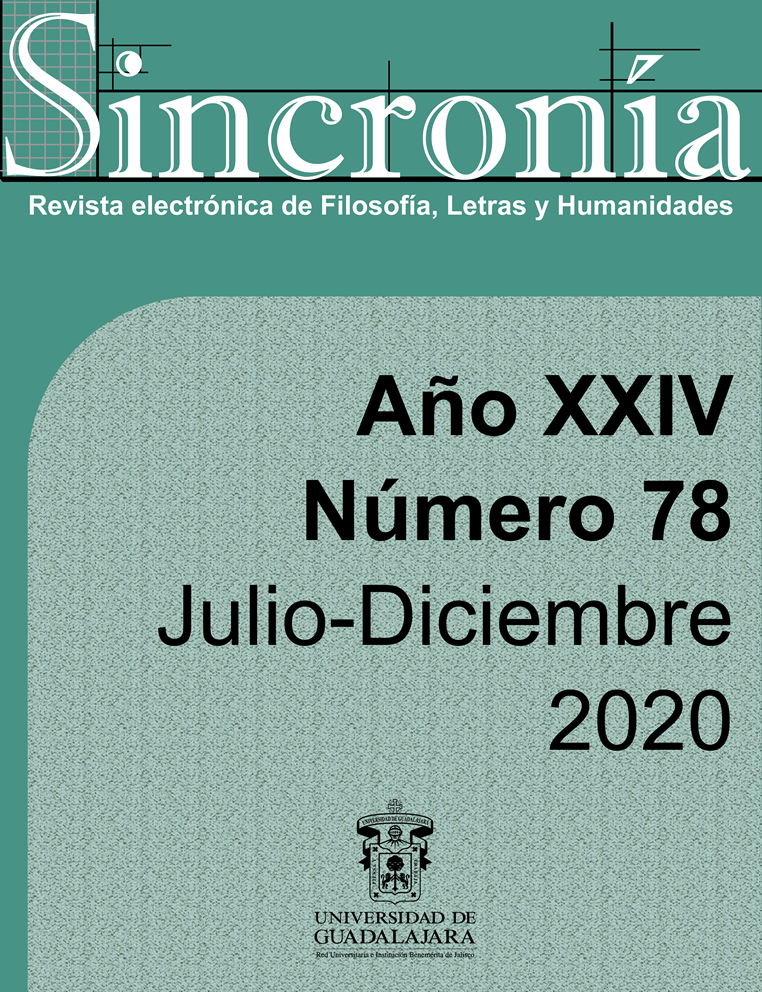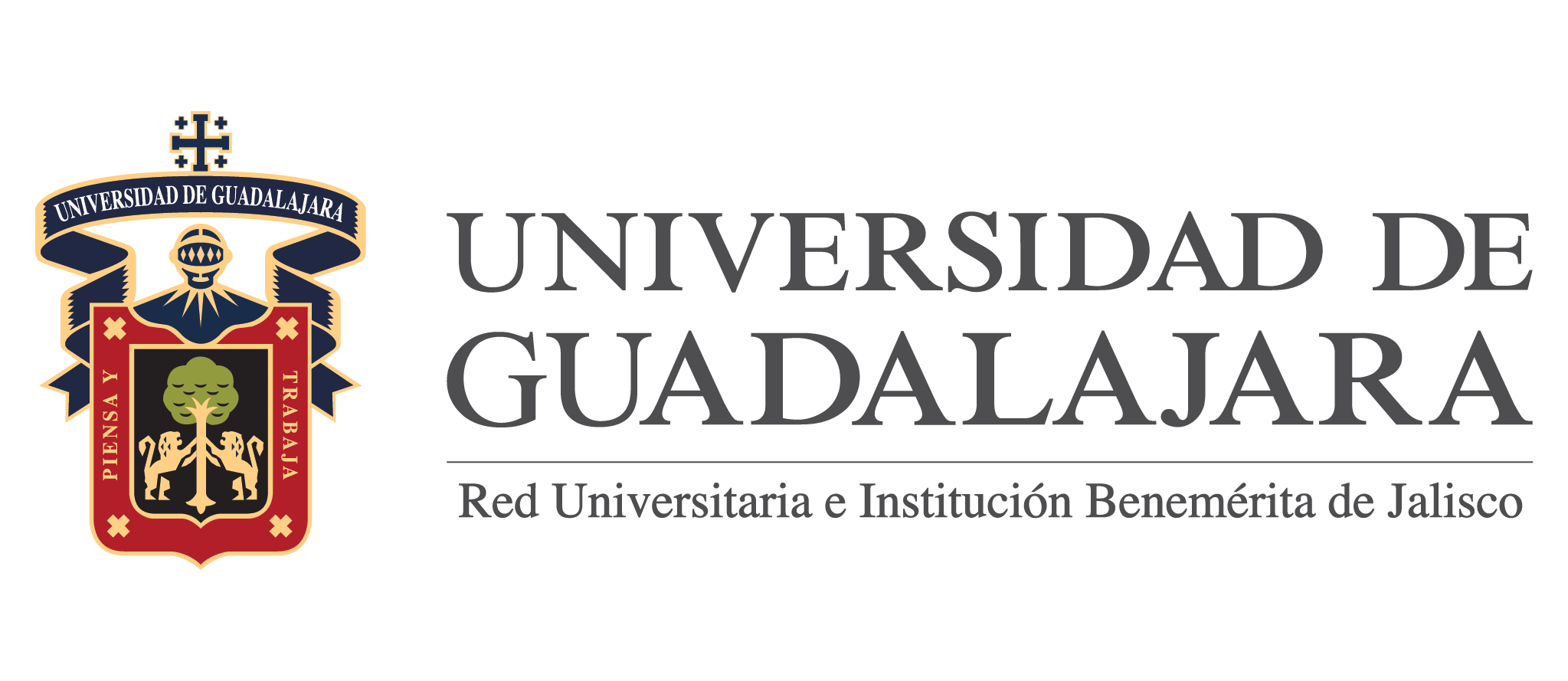Linguistic beliefs of high school students about native languages of Mexico. Difficulties for intercultural education
Keywords:
Beliefs and Attitudes, Native Languages, Education, InterculturalityAbstract
This paper analyses the linguistic beliefs and attitudes of two hundred High School students, around the native languages of Mexico. The theoretical tools used come from sociolinguistics. Our purpose is to demonstrate about the beliefs and attitudes that young generation manifest are in contrast with the language recognition that these languages currently reached in the Mexican legislation. Analyzing the results of this research, in Mexico, the linguistic diversity remains almost unknown and the native languages are still considered lower level compared to other systems. In fact, factors such as the low number of speakers or the reduced extention of the territory in which these languages are spoken prevent them from attaining the language character. However, a difference from previous decades, the results also report positive attitudes towards native languages, even thought Spanish continues to appear as the most prestigious language. By becoming aware of these beliefs and attitudes, schools may will introduce teaching-learning processes that which contributes to the formation of values that promotes interculturality.
Downloads
References
Ajzen, I., 2005 [1988], Attitudes, Personality and Behaviour, Poland: Open University Press.
Bizer, G. (2004), “Attitudes”, en Ch. Spielberger (Ed.), Encyclopedia of Applied Psychology (pp. 245-249). Londres: Elsevier Academic Press.
Bonfil, G. (1987) “Los pueblos indios, sus culturas y las políticas culturales”, en García Canclini, Néstor (ed.), Política culturales en América Latina. México: Grijalbo. (Colección Enlace). Pp. 89-125
Christiansen, A. (2012), Creencias y actitudes lingüísticas acerca de las formas de tratamiento en Nicaragua. Noruega: Universidad de Bergen. Tesis doctoral
Corral, I. (2017), “¿Cómo le gustaría que fuese la educación en lo referente a las lenguas?” Actitudes lingüísticas del alumnado mexicano. Onomázein. Número especial. Las lenguas amerindias en Iberoamérica: retos para el siglo XXI: 35 – 57
Dietz, G. (2017), “Diversidad en la escuela: contribuciones desde los enfoques interculturales”, ponencia presentada en el Seminario Internacional del Centro de Desarrollo Cognitivo (CDC) “Enfoques Inclusivos e Interculturales: Desafíos de la escuela frente a la diversidad del alumnado”. Universidad Diego Portales, Chile.
Hamel, E.; Brumm, M.; Carrillo, A.; Loncon, E.; Nieto, R. y Silva, E. (2004). "¿Qué hacemos con la Castilla? La enseñanza del español como segunda lengua en un currículo intercultural bilingüe de educación indígena", Revista Mexicana de Investigación Educativa, 9(20), 83–107.
Instituto Nacional de Estadística y Geografía (INEGI), (s. f., b): Encuesta Intercensal 2015 [base de datos], México: INEGI [fecha de Consulta 15 de abril de 2019]. Disponible en: http://www.inegi.org.mx/est/contenidos/Proyectos/encuestas/hogares/especiales/ei2015/
Instituto Nacional de Estadística y Geografía (INEGI), 2011, XIII Censo de Población y Vivienda 2010. Resultados Definitivos [fecha de Consulta 2 de agosto de 2019].
Instituto Nacional de Estadística y Geografía (INEGI), 2010, Cuéntame. Información por entidad. Michoacán de Ocampo. en http://cuentame.inegi.org.mx/monografias/informacion/mich/poblacion/diversidad.aspx?tema=me&e=16.
Instituto Nacional de Lenguas Indígenas (INALI) (2009), Catálogo de las Lenguas Indígenas Nacionales. Variantes lingüísticas de México con sus autodenominaciones y referencias geoestadísticas. México: INALI
Janés Carulla, Judit (2006), “Las actitudes hacia las lenguas y el aprendizaje lingüístico”, Revista Interuniversitaria de Formación del Profesorado, 20(2), pp. 117-132 http://www.redalyc.org/articulo.oa?id=274/27411341008
Ley General de Derechos Lingüísticos de los Pueblos Indígenas, Diario Oficial de la Federación, México, última reforma publicada 20 de junio de 2018. http://www.diputados.gob.mx/LeyesBiblio/pdf/257_200618.pdf.
Ley del Instituto Nacional de los Pueblos Indígenas, Diario Oficial de la Federación, México, reforma publicada en diciembre de 2019. https://www.sep.gob.mx/work/models/sep1/Resource/558c2c24-0b12-4676-ad90-8ab78086b184/ley_general_educacion.pdf.
López, H. (2004), Sociolingüística, 3ª. edición. Madrid: Gredos.
Moreno, J. C. (2006). La dignidad e igualdad de las lenguas. Crítica a la discriminación lingüística. Madrid: Alianza.
Moreno, F. (2009), Principios de sociolingüística y sociología del lenguaje, 4ª ed. corregida y actualizada, Barcelona: Ariel.
Muñoz, H. (2011), Reflexividad sociolingüística de hablantes indígenas: Concepciones y cambio. México, UAM-I/ Ediciones del lirio.
Programa de Apoyo a Estudiantes Indígenas del Estado de Michoacán (PAAEIM) (2012), “Indígenas 12.1% de alumnos de la UMSNH”, Gaceta Nicolaita, Año 2, núm. 32, noviembre de 2012, pp.12-13.
Programa Sectorial de Educación 2013-2018, México, 2013. http://dof.gob.mx/nota_detalle_popup.php?codigo=5326569. Consultado el 17 de julio de 2019.
Sima, E. G. (2012). Actitudes hacia la lengua maya de un sector de población de la ciudad de Mérida. Tesis de doctorado, Universidad Nacional Autónoma de México, Ciudad de México.
Sima, E. G.; y Perales, M. D. (2015), “Actitudes lingüísticas hacia la maya y la elección del aprendizaje de un idioma en un sector de población joven de la ciudad de Mérida”. Península, 10 (1), 121-144. http://www.scielo.org.mx/scielo.php?script=sci_arttext&pid=S1870-57662015000100006&lng=es&tlng=es.
Todorov, T. (1997), La conquista de América: el problema del otro. Buenos Aires: Siglo XXI.
UNESCO, Declaración Universal sobre la Diversidad Cultural (2001). Convención sobre la protección y la promoción de la diversidad de las expresiones culturales. Consultado el 06 de septiembre de 2019, en: http://www.unesco.org/new/es/culture/themes/cultural-diversity/cultural-expressions/the-convention/convention-text/
UNICEF y FUNPROEIB (2009), Atlas sociolingüístico de los pueblos indígenas de América Latina. Bolivia: UNICEF/FUNPROEIB
Walsh, C. (1998), “La interculturalidad y la educación básica ecuatoriana: Propuestas para la reforma educativa”, Procesos. Revista Ecuatoriana de Historia, (12) pp. 119-128.
Downloads
Published
How to Cite
Issue
Section
License
Copyright (c) 2020 Araceli Enríquez Ovando y Iván Ávila González

This work is licensed under a Creative Commons Attribution-NonCommercial 4.0 International License.
You are free to:
- Share — copy and redistribute the material in any medium or format
- Adapt — remix, transform, and build upon the material
- The licensor cannot revoke these freedoms as long as you follow the license terms.
Under the following terms:
- Attribution — You must give appropriate credit , provide a link to the license, and indicate if changes were made . You may do so in any reasonable manner, but not in any way that suggests the licensor endorses you or your use.
- NonCommercial — You may not use the material for commercial purposes .
- No additional restrictions — You may not apply legal terms or technological measures that legally restrict others from doing anything the license permits.




























